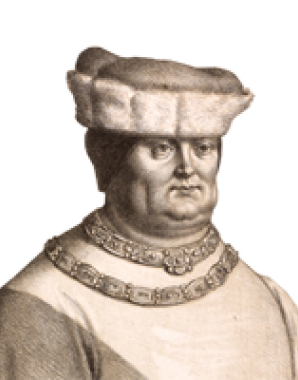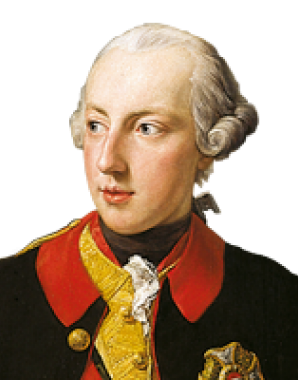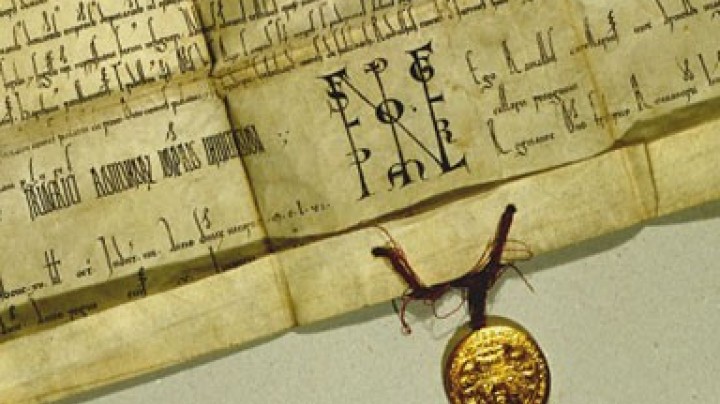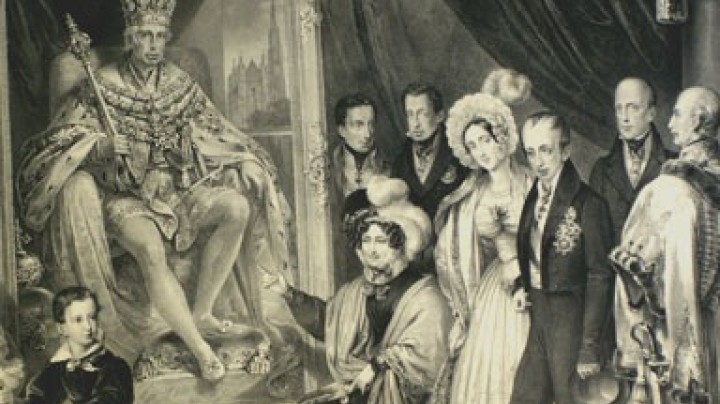Mauerbach and Gaming: the rise and fall of two Habsburg monastic foundations
The former Carthusian monasteries of Mauerbach and Gaming are Habsburg endowments from the late Middle Ages. They are examples of the dynasty’s increasing identification with the Austrian lands. But their end is also paradigmatic for Habsburg monastic policy: both monasteries fell victim to the monastic reforms of Joseph II.
The hermit order of the Carthusians experienced an enormous upswing in the fourteenth century, and the Habsburgs of the late Middle Ages were among its great patrons. Its ascetic austerity corresponded ideally to the era’s notion of a life lived in the service of God. The monks were obliged to fast constantly and give up eating meat. They lived under a vow of silence in cells as solitary hermits and congregated only to sing the offices.
However, in the age of Joseph’s monastic reform and its ideas of utility, this contemplative Carthusian ideal of life was judged to be superfluous for society: all Carthusian houses within the Austrian Monarchy were regarded as ‘dispensable’ and dissolved.
During the course of the fourteenth century the Habsburgs became increasingly settled in Austria: the generation of Rudolf I’s grandchildren founded monasteries in order to be buried in them. The Carthusian monastery of Mauerbach in the Vienna Woods was an endowment of Duke Frederick the Fair; he retained close spiritual ties with it for the rest of his life. He specified the monastery to be his tomb, where he would lie amongst the monks in an anonymous grave. Maximilian I ordered his ancestor’s remains to be sought out, but they could not be not found at first. Eventually discovered, they were washed in wine by praying monks and solemnly interred in the sacristy.
In 1781 an investigation was held which exposed serious lapses in monastic discipline in Mauerbach and triggered Joseph’s great monastic reform. A year later, Mauerbach was the first monastery to be dissolved by the emperor.
The Carthusian monastery of Gaming in the foothills of the Alps in Lower Austria met a similar fate: Gaming harks back to Frederick’s brother Albrecht II, who endowed the monastery in 1330 as a tomb for himself and his consort – the symptoms of a grave illness were becoming apparent, giving Albrecht the nickname of ‘the Lame’. Thanks to Albrecht’s generous donations, Gaming was famed as the richest Carthusian house in Europe. When the monks requested their patron to stop the lavish donations since they contradicted their vow of poverty, he replied: ‘Take it as long as you are given it freely; the time will come when there will not be enough to go round’.
When the monastery was dissolved in 1782, the founders’ graves were opened and the coffins sold. The bones remained exposed in the stripped churches and were not interred again until 1797 in the local parish church on the orders of Franz II (I).

















